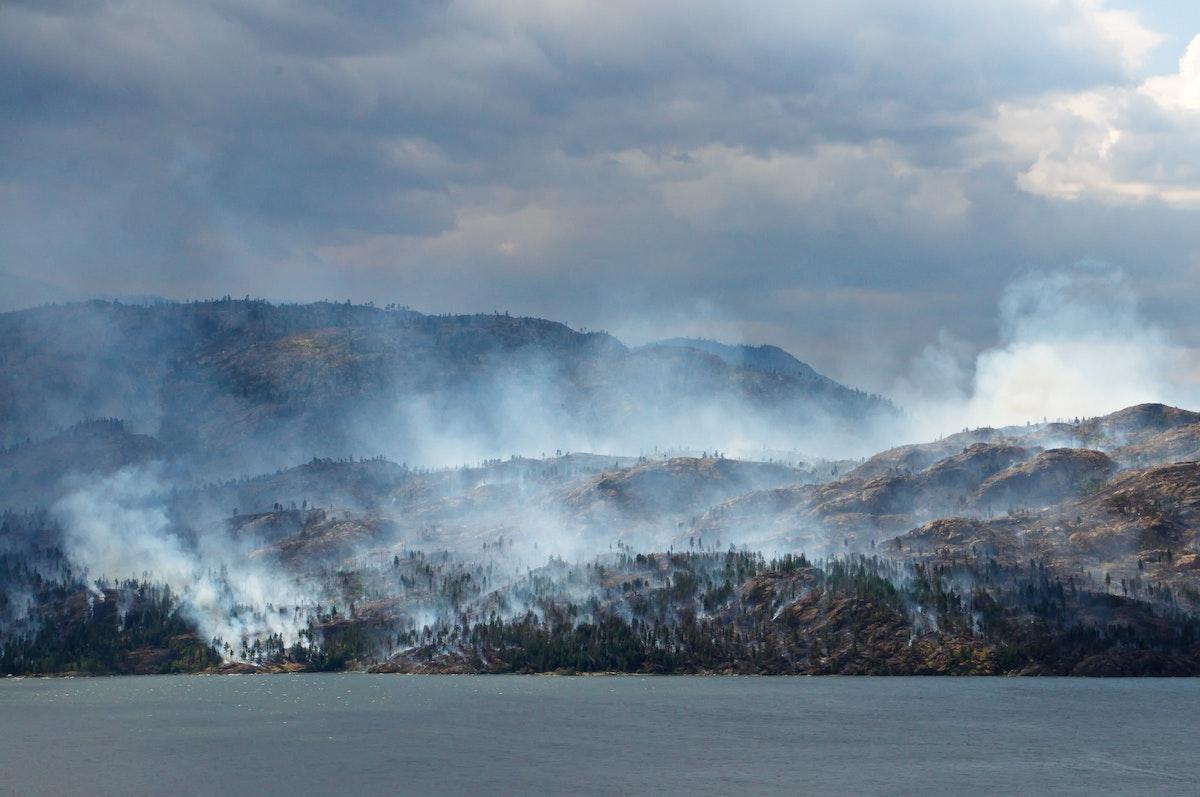As the pandemic waxes and wanes and we look back on the last 18 months, it’s clear that different types of workers experienced differential economic impacts. On one hand, there are workers who need to be in a location to do their job. Many members of the workforce, including restaurant staff, hotel employees, and those in the events industry saw their financial livelihoods devastated as the pandemic shut down parts of the economy.
On the other hand, we also saw the boom of “Zoom workers”—or knowledge workers who can conduct their work online. These workers typically work from anywhere. For these workers, the pandemic enabled them to move out of the city and work in more rural locations with natural beauty.
As such, the pandemic has given birth to a massive real estate boom in these so-called “Zoom towns” where knowledge workers relocated during the pandemic. These picturesque locations, particularly in the West, have seen a spike in real estate prices.
But there is tremendous risk associated with these growing Zoom towns in rural areas —almost all of them are in high wildfire risk areas. Living in a cabin in the woods seems idyllic until a spark of lightning ignites the forest and endangers your home.
In this analysis, we examine the wildfire risk and property values of popular Zoom towns in the Western U.S. At CAPE Analytics, we use artificial intelligence to analyze vast quantities of geospatial imagery to help insurers and other companies better understand properties and property risk. In this analysis, we look at U.S. Forest Service wildfire risk data, paired with Zillow home price estimates from the Zillow Home Value Index.
…click on the above link to read the rest of the article…
